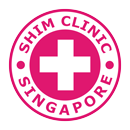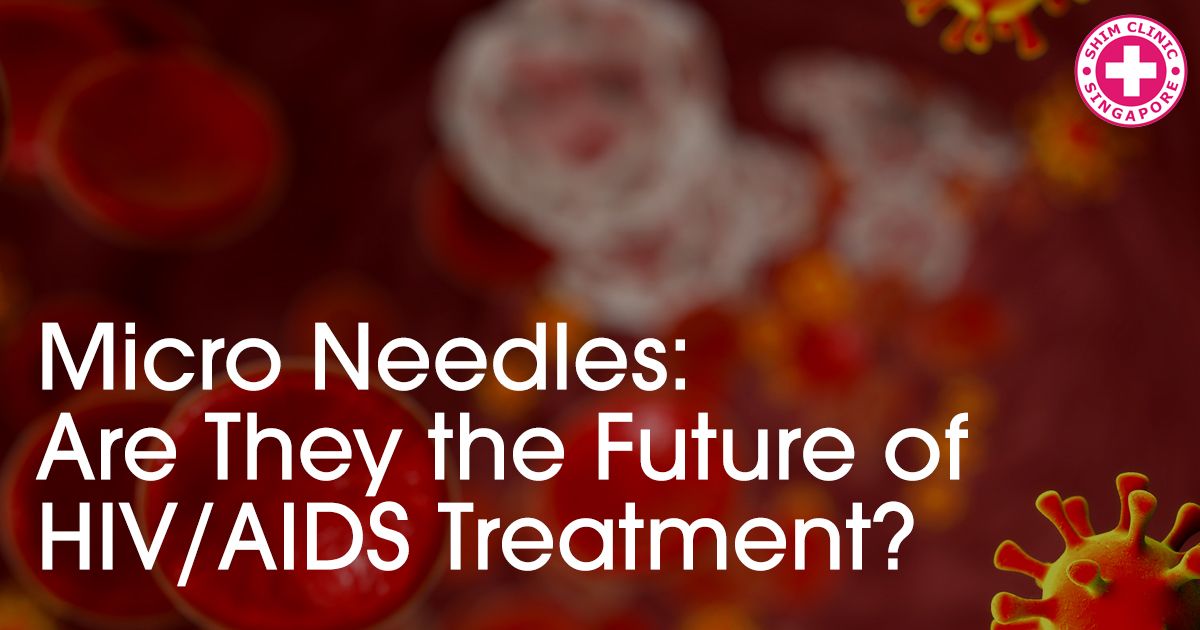A new form of drug delivery for HIV-positive and AIDS patients is being tested to reduce the cost of medication administration and boost efficiency. This new delivery method could also help patients without access to treatment get the health support that they need.
This new form if drug administration is called micro needling and University of Liverpool and Queen’s University Belfast researchers have received a 1.1-million euro grant to further enhance the so-called micro array patches (MAPs). The aim of MAPs is to ensure the long-term delivery of medications through a single application.
What Are MAPs and Micro Needles?
Currently, daily tablets of antiretroviral medications have to be taken by HIV-positive individuals and those who have already developed AIDS. This method is very expensive and the scientific community is looking for alternatives.
MAPs are trans-dermal patches that have very tiny projections on the surface. These projections are called micro needles.
The MAP has to be adhered to the skin and after application, the micro needles “inject” medicine and dissolve to reduce discomfort. This way, they leave nano particles of medicine for the treatment of HIV inside the skin.
Every single patch is discrete and it contains a concentrated amount of medication. When the medicinal particles are injected under the skin, they are absorbed slowly. As a result, a single patch could be delivering HIV therapy for weeks, even months at a time.
According to the researchers working on the project, the micro needling technology is unique and it has the potential to revolutionise the treatment of AIDS. Dr. Marco Siccardi from University of Liverpool said that MAPs simplify the delivery of drugs and could even be used as a preventative practice among high risk individuals.
Innovation is making it possible for a whole host of new medication delivery methods to be examined. The harnessing of technological advances can ultimately improve patient outcomes, reduce the cost of drug delivery and make medications more readily available across the globe.
HIV/AIDS Is Still a Serious Medical Problem
While the HIV/AIDS mortality has gone down over the past few years, the number of new infections is still remaining significant despite reduction from the 1980s and 90s.
According to UNAIDS, 36.9 million people worldwide had an HIV-positive status in 2017. An estimated 1.8 million individuals became newly infected during the year. Many of the people who become newly diagnosed, especially those in poorer regions of the world, still lack access to high quality therapies and viral management solutions. Of all people diagnosed with HIV, only 62 per cent of adults and 52 per cent of children were receiving lifelong antiretroviral therapy in 2018.
The World Health Organization (WHO) reported that 770,000 HIV-positive individuals died in 2018. Fear, stigma, ignorance and the lack of medical assistance across the globe mean that the HIV threat is not over yet.
Developments like the micro needling technology that bring down the cost of drug manufacturing and administration could provide the solution to the issues that some developing communities are still struggling with.
The potential of the MAP technology is huge.
If it gets extended to the administration of HIV pre exposure prophylaxis (HIV PrEP), it can reduce the risk of new infections significantly. HIV PrEP is an antiretroviral therapy for people at risk. When the medications are taken before potential exposure, they reduce the risk of an infection by more than 99 per cent.
Imagine the possibilities when a single patch could offer protection for weeks, even months at a time. This incredible potential is the reason why the micro needling research has received such a significant grant.
Regular Testing and Adequate Protection – Still Incredibly Important!
Science is moving forward and the world could possibly have its AIDS cure in the near future. Scientific advances, however, do not eliminate personal responsibility.
While HIV is no longer a death sentence, abstinence, using a condom with a partner and regular HIV testing are required. The first two reduce the risk of infection. The third one makes it possible to start treatment as soon as possible.
Even if a person has had unprotected sexual contact, there are things to do to reduce the risk of becoming HIV-positive.
Post-exposure prophylaxis (HIV PEP) can be administered with 72 hours of exposure. Think of it as a last-resort option for individuals who are not on PrEP. PEP once again consists of the administration of medications and it can reduce the risk of infection by more than 90 per cent.
If you need more information about HIV testing, PEP and PrEP, visit a medical facility in Singapore that specialises in STIs. Shim Clinic is one such facility. We offer counselling, testing, HIV PEP and PrEP. Contact us today to learn more or visit Shim Clinic every day, during our working hours.

